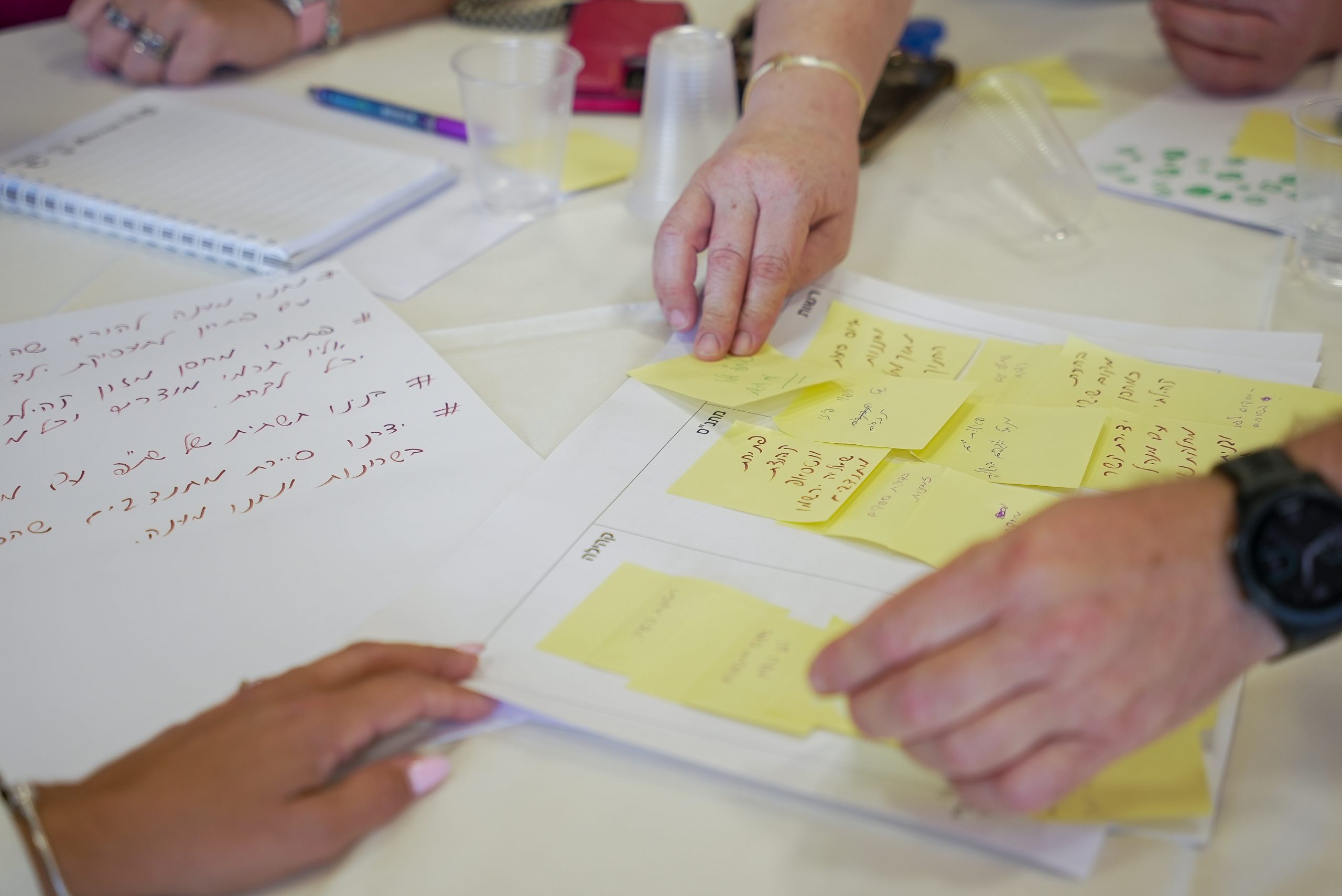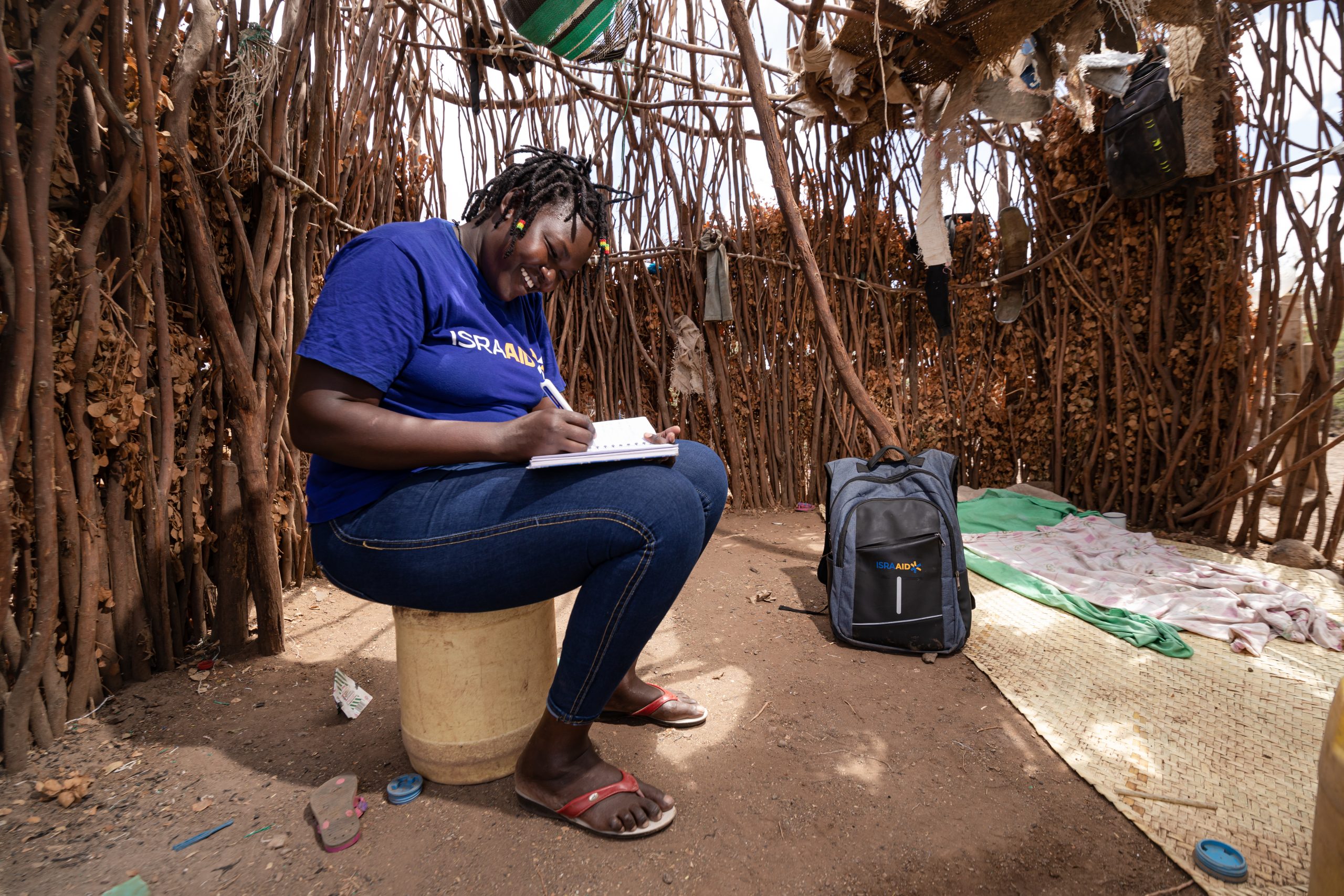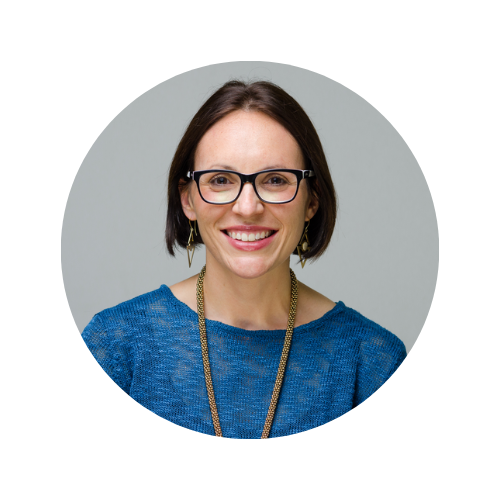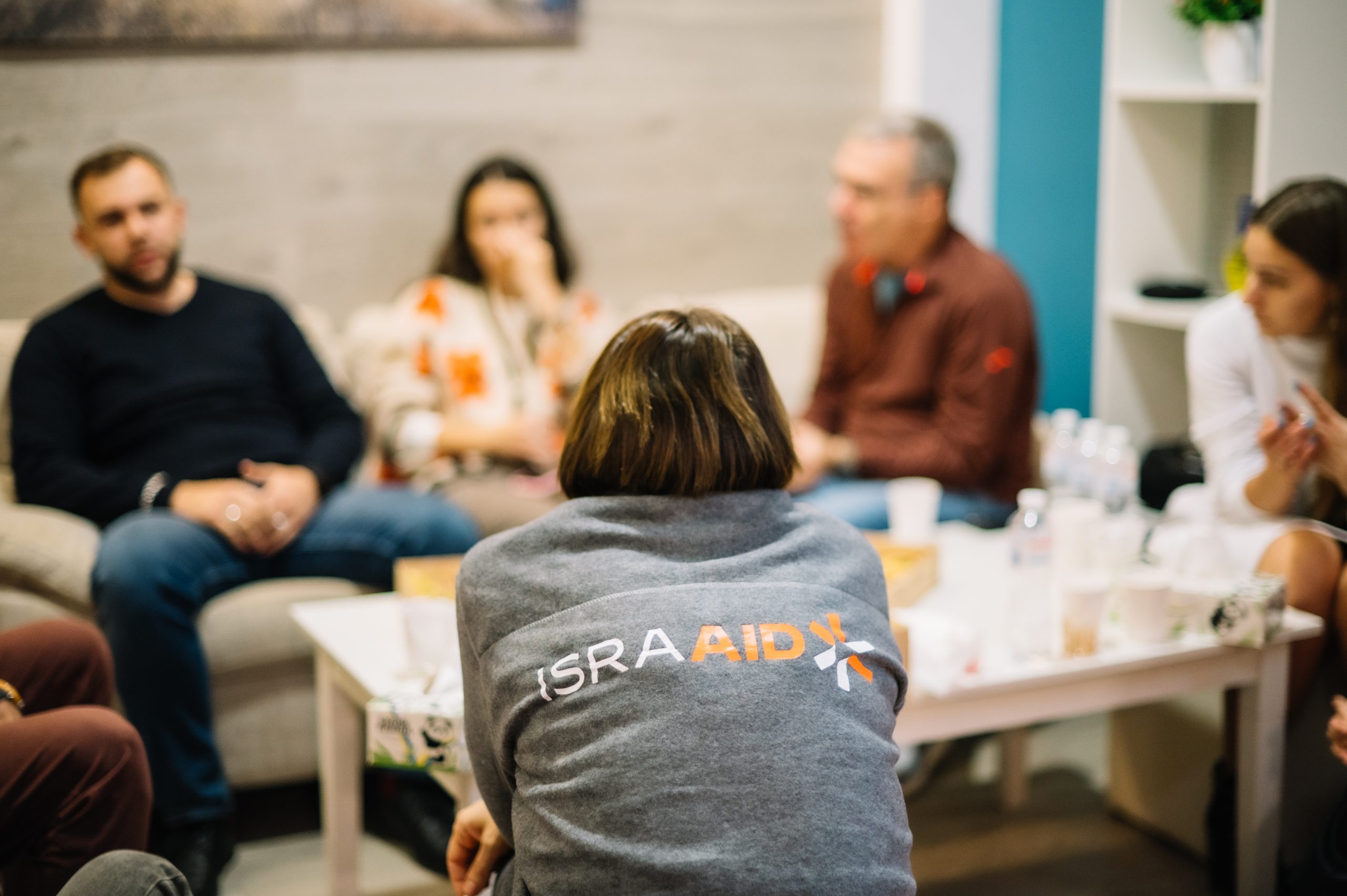As I read the latest grant call for proposals that came across my desk, my heart rose. And then it quickly sank. The grant was for a significant sum, for five years, in an area of our expertise, in a location we operate in. So, in theory, this should have been our dream grant or call for proposals. But as I scanned the 65-page request my excitement quickly dissipated.
This document was so opaque and long that even understanding the eligibility requirements was a challenge. As a small-medium sized organisation, we are fortunate to at least have some resources and people devoted to handling calls like these. Even so, this proposal was going to be a challenge. I also couldn’t help but think of the dozens of grassroots organisations we have partnered with or worked beside facing such an onerous proposal process. The barriers to access slammed down before my eyes.
Localisation is a hot topic in the humanitarian and development community. We speak highly of our own ambitions to put flexible, multi-year funds in the hands of grassroots organisations. As we should. We can silo off small spaces that are specifically geared to local organisations, but the real problem of accessibility in the humanitarian funding ecosystem runs much deeper – impacting small and medium-sized NGOs and INGOs as well.
This specific funding call was released in the last week of November and was due in the second week of January. I thought of the staff at our humanitarian mission, gearing up for their holiday break during a year of crisis and toil. If we were to finish it, they would likely have to sacrifice part of their vacations.

Credit: IsraAID
Next, someone would have to rapidly navigate the 65 pages of jargon-filled English, just to understand what was required of us. We are lucky to have a grant manager for institutional donors. But I couldn’t imagine how smaller organisations – especially grassroots groups without mother-tongue proficiency in English – were meant to weed through it. Worse still, many of these grants don’t fund core operating costs, reducing the likelihood that organsations can hire the core staff that can manage the requests and compliance associated with this grant in the first place.
About a half hour into reading, I finally discovered that they are only planning to give one award. One. So, why publish an open call? Why encourage capacity-strapped organisations to devote ridiculous amounts of time to deciphering and processing these nearly unintelligible instructions?
Perhaps they’re not supposed to. Perhaps that’s why the timeline is so short, and the ‘call for proposals’ so onerous. Maybe it’s the easiest way to weed out those smaller organisations without rejecting their applications. Perhaps that’s also why the funding is set so high, to dissuade any small organisation from throwing their hats in the ring when their annual budgets are probably not even 10% of the grant offered. Maybe the donor has already pre-selected the grantee, but they ‘have’ to publish it to meet equity requirements.
I understand the counter arguments – enormous grants require rigorous follow up. Institutional donors have transparency and accountability requirements to their governments, their constituents, their taxpayers. And yet, if we’re worried about misappropriation of funds, it’s the larger players that tend to have the capacity to move funds around and circumvent requirements. Smaller organisations are struggling to meet requirements at all. It’s true that smaller organisations are encouraged to join consortiums and let the larger organisations ‘lead’ this onerous process – but consortium building is a hefty task, and still leaves the larger organisations ultimately responsible for the funds.
To fully participate in this complex world of funding, grants and proposals from the local level, one is forced to “internationalise”. You must learn to read the language of power to participate in the resources of that power. Donors assume that anyone participating in this fundraising ecosystem is knowledgeable in terms and usage. They likely don’t even see it as jargon. And it speaks to the fundamental disconnect between funders and independent organisations on the ground.

IsraAID Kenya 2022. Credit: Lameck Ododo.
This proposal is just one example, and it is far from unique. In fact, we received two others the same week. I’m sure anyone in our sector can recall hundreds of similar calls. Effective localisation efforts do exist and are making an impact. But they are still the exception to the rule and only confront one part of this issue of accessibility.
It seems to me that such small bureaucratic changes could make such a difference in welcoming thousands of grassroots and smaller organisations to the table. Did this proposal really need to spend 10 pages explaining the nature of the problem to the organisations living and breathing it on the ground? Do these massive institutions not have the resources to hire a translator and publish the call for proposals in the local language as well as English?
It’s not often that barriers to access into systems of power can be so easily amended. A good editor with a red pen could save grassroots organisations weeks of work and give them a fighting chance at funds that could change hundreds of thousands of lives.
If we want to put our money where our mouth is in the development community – and get funds into more diverse and more local hands – we need to consider why we make the process needlessly complicated, intimidating, and exclusive.
And now back to page 37. Wish us luck! I’ll let you know if we get to stage 2. Yes, there are, of course, multiple stages.
—————————————————
 Tamar Kosky Lazarus is the Chief Development and Communications officer at IsraAID and has worked on dozens of IsraAID’s humanitarian missions around the world. Tamar holds master’s degrees in Middle Eastern Politics and Local Government Management and Policy, and has over 15 years experience in fundraising and communications in the non-profit sector. She lives in Israel, with her partner and 3 children.
Tamar Kosky Lazarus is the Chief Development and Communications officer at IsraAID and has worked on dozens of IsraAID’s humanitarian missions around the world. Tamar holds master’s degrees in Middle Eastern Politics and Local Government Management and Policy, and has over 15 years experience in fundraising and communications in the non-profit sector. She lives in Israel, with her partner and 3 children.
IsraAID is an international humanitarian non-governmental organization. Since 2001, IsraAID has become synonymous with a rapid response to humanitarian crises and a long-term commitment to working with affected communities. During and after emergencies, IsraAID partners with communities to re-build their lives – and their futures – together. As of January 2025, IsraAID has responded to more than 100 emergencies, in more than 65 countries.
Feature image credit: IsraAID
